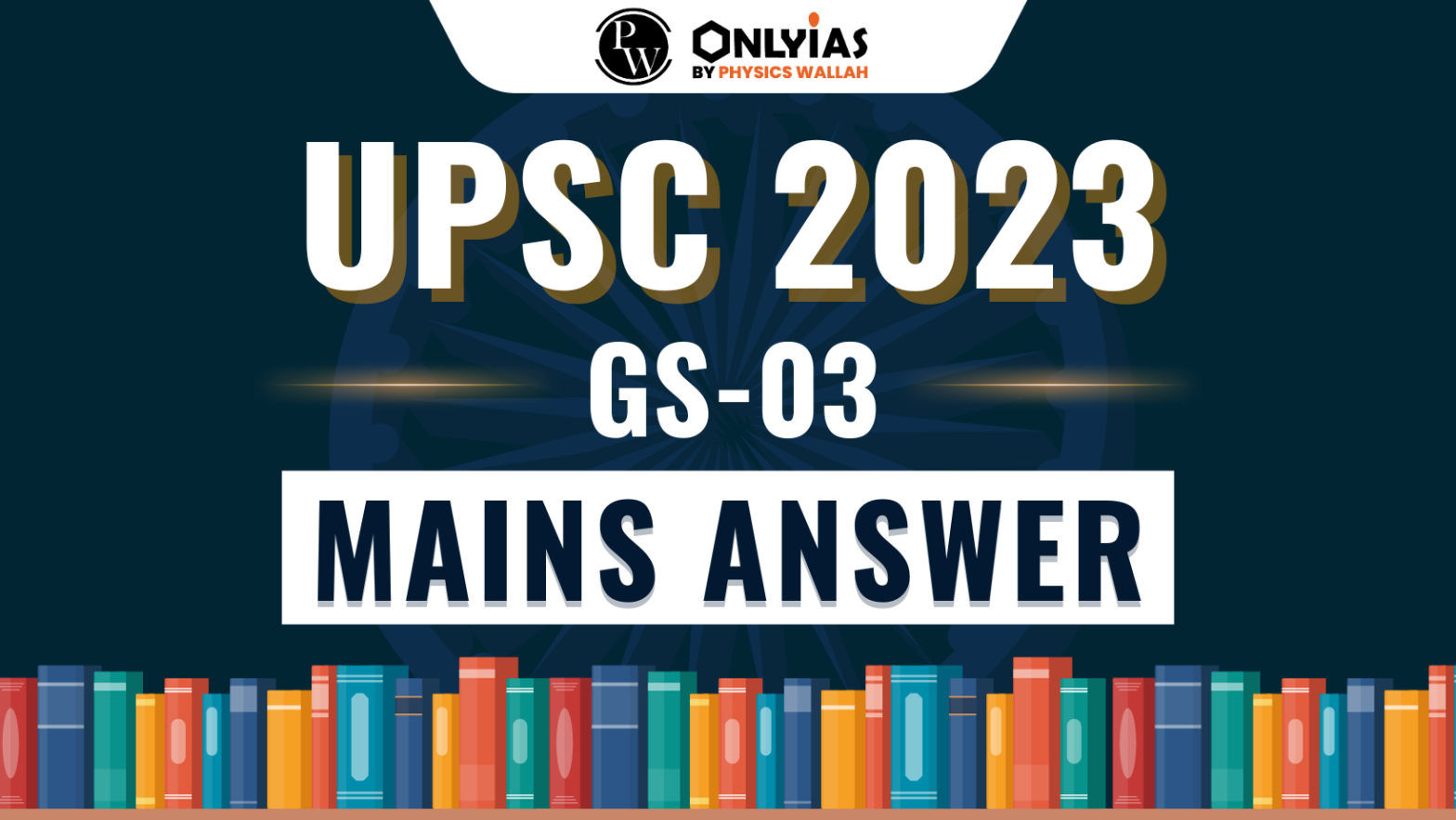![]() Gaurav Soni
Gaurav Soni
![]() September 30, 2023 04:37
September 30, 2023 04:37
![]() 3523
3523
![]() 0
0

Q17. Comment on the National Wetland Conservation Programme initiated by the Government of India and name a few India’s wetlands of international importance included in the Ramsar Sites.
| How to approach the question
Introduction ● Write about the National Wetland Conservation Programme briefly Body ● Write key features of the National Wetland Conservation Programme initiated by the Government of India ● Write India’s wetlands of international importance included in the Ramsar Sites ● Write issues faced in wetlands conservation in India ● Write suitable way ahead in this regard Conclusion ● Give appropriate conclusion in this regard |
Introduction
The National Wetland Conservation Programme (NWCP) initiated by the Government of India aims to conserve and manage the country’s wetlands, vital ecosystems that provide numerous ecological services. This program has been pivotal in protecting wetlands, some of which are also recognized as Ramsar Sites of international importance.
Body
Key Features of the National Wetland Conservation Programme:
India’s Wetlands of International Importance (Ramsar Sites):
Issues Faced in Wetlands Conservation:
Issues:
Way Ahead:
Conclusion
The National Wetland Conservation Programme serves as a cornerstone in India’s efforts to conserve these vital ecosystems. Despite the challenges faced, implementing these strategies which involves legislative changes, community participation, and technological innovations will ensure that India’s wetlands remain an integral part of its rich ecological heritage.
| For a Detailed explanation of the UPSC GS-01 Mains question 2023, click here.
For a Detailed explanation of the UPSC GS-02 Mains question 2023, click here. For a Detailed explanation of the UPSC GS-03 Mains question 2023, click here. For a Detailed explanation of the UPSC GS-04 Mains question 2023, click here. |
<div class="new-fform">
</div>

Latest Comments